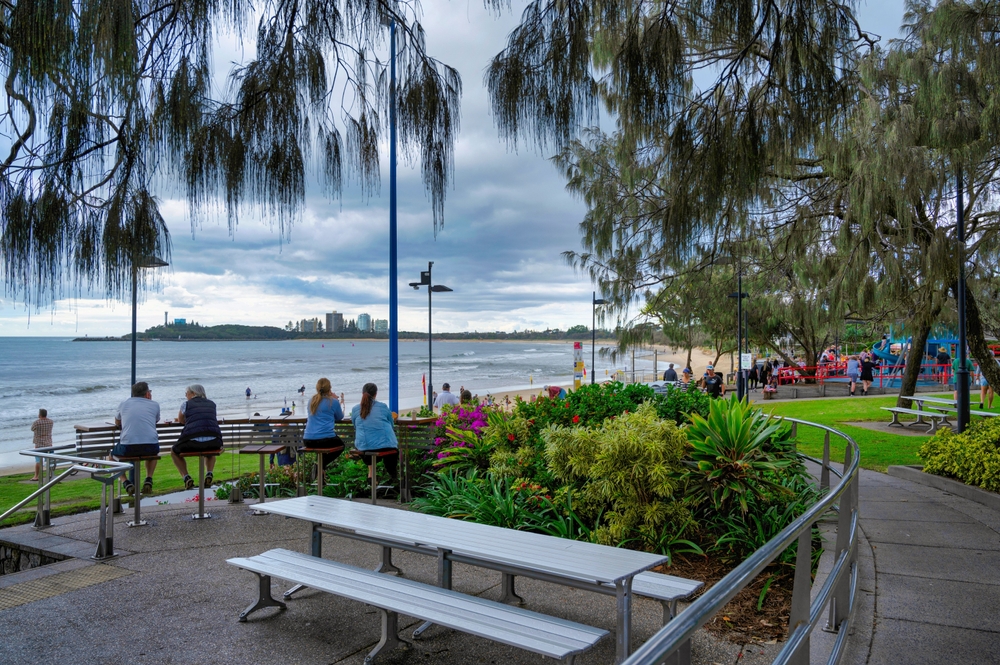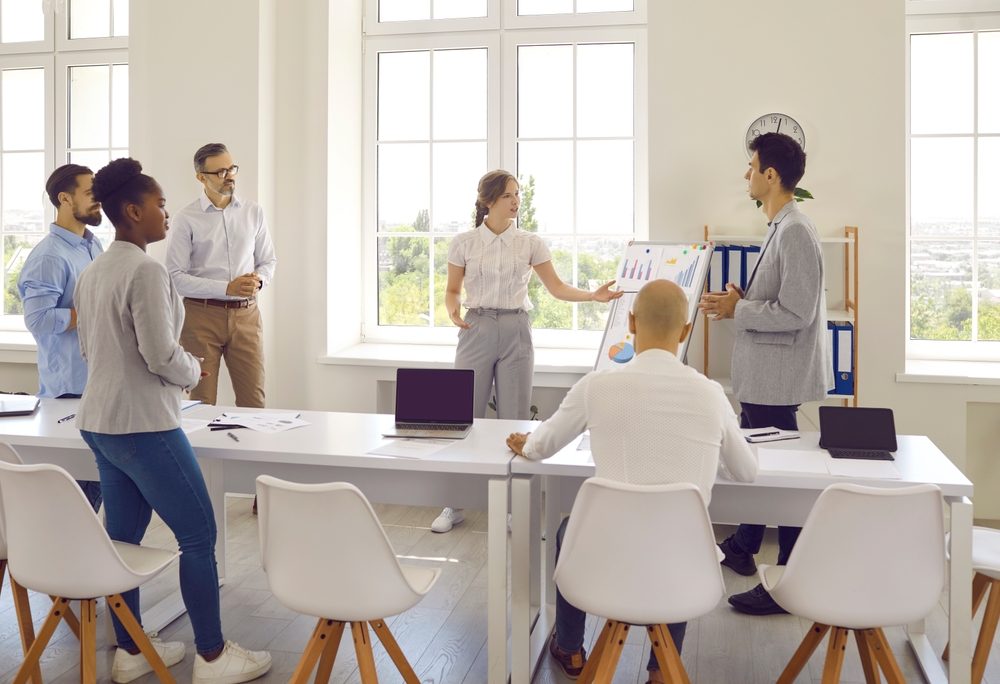In recent years, sustainable urban development has become a central focus for Australian cities and councils. It’s not just about constructing energy-efficient buildings or planting more trees — it’s also about how everyday urban stakeholders, such as street furniture manufacturers, are designing products that support environmental goals. Well-designed, durable and locally sourced street and park furniture plays an important role in reducing waste, improving community wellbeing, and encouraging sustainable practices in public spaces. Whether it’s bike racks, water refill stations, or commercial park benches, these features help cities function efficiently while lowering their environmental footprint. Even the materials used in park furniture in Melbourne can have a major impact on the overall sustainability of a precinct.
What is Sustainable Urban Development?
Sustainable urban development refers to building and managing cities in a way that meets current needs without compromising the ability of future generations to meet theirs. In Australia, this involves balancing environmental protection, social equity, and economic growth. Councils and planners are integrating green infrastructure, renewable energy, and resource-efficient designs into streetscapes to support this vision.
How Australia is Leading in Sustainable Urban Practices
From Sydney’s “Green Square” precinct to Melbourne’s “EcoCity” framework, Australian cities are implementing strategies that integrate sustainability into every aspect of urban life. These include:
- Recycling initiatives that reuse demolition waste in public infrastructure.
- Active transport encouragement through pedestrian-friendly design and expanded cycling networks.
- Low-impact materials in public furniture and infrastructure to reduce lifecycle emissions.
Councils are increasingly working with street furniture manufacturers to ensure products meet sustainability benchmarks, from recycled aluminium to responsibly sourced timber.
The Role of Street and Park Furniture in Sustainability
Street and park furniture is far more than functional — it’s a key component of sustainable design. For example:
- Durable materials like recycled composite and stainless steel reduce replacement frequency.
- Multi-functional seating and shade structures encourage longer use of public spaces, maximising community benefit from a single installation.
- Inclusive designs ensure accessibility for all users, supporting the social pillar of sustainability.
- Green infrastructure integration — planters, solar-powered lighting, or water harvesting elements — enhances environmental outcomes.
The use of recycled plastics, reclaimed timber, and low-maintenance coatings in park furniture in Melbourne not only lowers environmental impact but also reduces ongoing maintenance costs for councils.
Innovation for the Future
Innovation in urban furniture is pushing sustainability further. Smart bins that compact waste, solar-powered commercial park benches with device charging ports, and self-watering planter boxes are becoming more common in Australian cities. Councils are also exploring modular furniture systems, which can be repaired or upgraded rather than replaced, extending their lifespan.
Policy and the Path Ahead
National and local policies are increasingly focused on sustainability in public infrastructure. The Australian Government’s National Urban Policy encourages cities to reduce emissions, conserve resources, and enhance liveability. Local councils are also setting procurement guidelines that require street furniture manufacturers to meet strict environmental standards.
Future policies may push even harder for circular economy models, where materials are reused and recycled continuously, keeping waste out of landfills and reducing reliance on virgin resources.
Creating Sustainable Cities for Generations to Come
Sustainable urban development in Australia relies on the sum of many small changes — and well-designed street and park furniture is a vital part of the equation. By working with street furniture manufacturers that prioritise eco-friendly materials and design, choosing park furniture in Melbourne that’s durable and low-maintenance, and integrating innovative features like solar power into commercial park benches, councils can create public spaces that are both functional and future-proof. With thoughtful planning and ongoing innovation, our cities can continue to grow in ways that benefit people and the planet alike.






